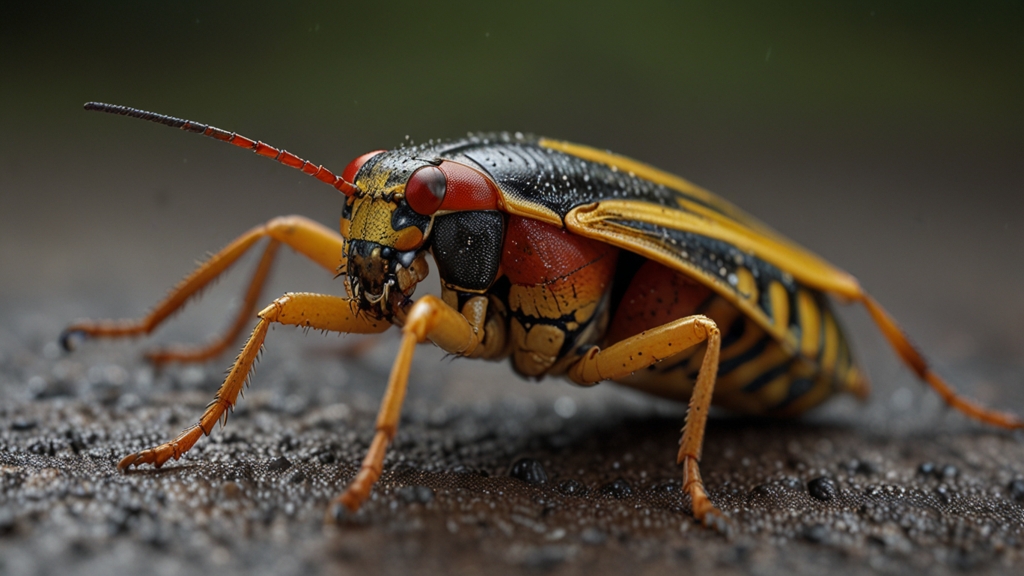Chasing Shadows: The Mysteries of Marine Bioluminescence
Marine bioluminescence stands as one of the ocean's most enchanting and least understood phenomena. As night descends over the ocean, flashes of light reveal the presence of various marine organisms, transforming the dark waters into a glowing spectacle. These lights, which range from subtle twinkles to vibrant displays, serve as a testament to the wondrous and often mysterious world that lies beneath the surface.
The Science Behind the Glow
Bioluminescence is the production and emission of light by a living organism. In the marine world, this phenomenon is predominantly the result of a chemical reaction that occurs within specialized cells called photocytes. The reaction primarily involves the pigment luciferin and the enzyme luciferase. When these two molecules interact in the presence of oxygen, light is produced as a byproduct.
Interestingly, bioluminescence is not limited to a particular group of marine organisms. It can be found across a diverse range of species including jellyfish, plankton, squid, and fish among others. These organisms utilize their bioluminescence for various reasons, from attracting mates to deterring predators, and even to lure prey.
Functions and Survival Mechanisms
The various functions of marine bioluminescence contribute to the survival of the emitting organisms in their dark and often perilous environment. For instance, some deep-sea fish use a lure of bioluminescent light to attract curious prey, while others might emit a sudden flash to startle a predator, giving them time to escape.
"Nature always carries secrets to unravel, and the glowing depths of the ocean are a testament to the endless wonders we have yet to understand." - Dr. Marine Leblanc, Oceanographer
One well-known example is the lanternfish, which possesses photophores arranged in a unique pattern across its body. These light-producing organs help the lanternfish blend into the surrounding light, a technique known as counter-illumination, making it less visible to predators from below.
The Ecological Impact
Bioluminescence plays a critical role in marine ecosystems. It serves as an essential component of the food web, where tiny bioluminescent plankton are consumed by larger organisms, which in turn are preyed upon by even larger species. The light displays observed during phenomena like the red tide, caused by bioluminescent dinoflagellates, are both beautiful and a direct result of these intricate ecological relationships.
Additionally, the study of marine bioluminescence offers insights into environmental changes. Patterns and abnormalities in bioluminescent activity can serve as bioindicators for water pollution and shifts in ecosystem health.
"In the dance of light within the ocean’s depths, we find a mirror reflecting the ocean’s health and the intricate balance that sustains life." - Dr. Elena Rodríguez, Marine Biologist
Unresolved Mysteries
Despite advancements in marine biology, many questions regarding bioluminescence remain unanswered. The true extent of bioluminescent diversity is still unknown, as many deep-sea regions remain unexplored. Furthermore, the exact biochemical pathways and evolutionary origins of this light-producing ability continue to puzzle scientists.
As researchers delve deeper into the mysteries of marine bioluminescence, each discovery sheds light not only on the specific mechanisms and roles of this phenomenon but also on the broader ecological and evolutionary patterns governing marine life.
Conclusion
The mesmerizing glow of marine bioluminescence is far more than a visual spectacle; it is a critical survival tool and a source of endless scientific curiosity. As we continue to chase these shadows and uncover their secrets, we not only enhance our understanding of the ocean's depths but also appreciate the intricate and fragile web of life that thrives in the light and darkness beneath the waves.
"The glow of bioluminescence in the ocean beckons us to explore the unknown, reminding us that the most radiant truths often lie in the darkest places." - Dr. Samuel Carter, Ocean Researcher
In the grand tapestry of marine life, bioluminescence is a shining thread that highlights the extraordinary beauty and complexity of the natural world, inspiring us to look closer and delve deeper into the mysteries that illuminate our planet.








